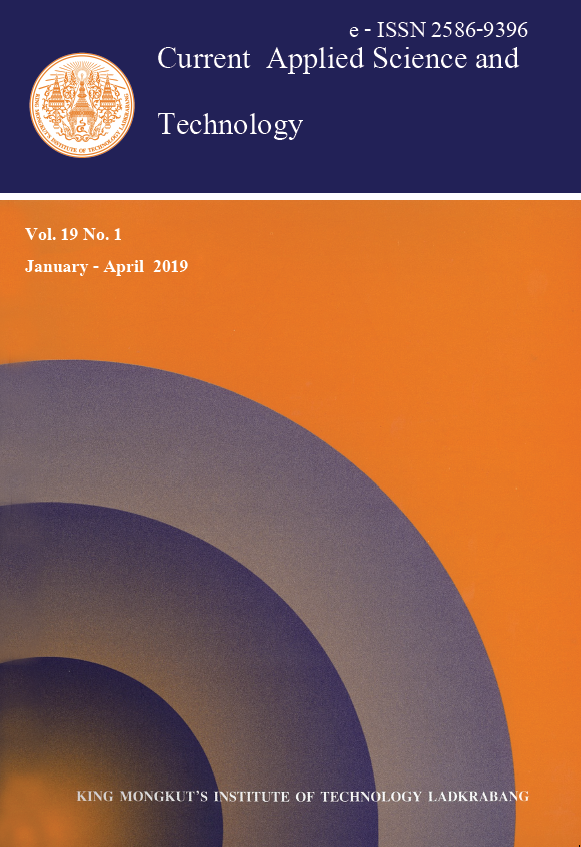In automotive industry, spring steel conduit is a main part of control cables in parking brake, tailgate and transmission. The structure of spring steel conduit consists of liner, steel wire and coating. The steel wire plays an important role in supporting cable exert the force. However, steel wire thickness is concerned with the mechanical strength, flexibility and production cost. In this work, the effects of steel wire thickness on mechanical and physical characteristic of spring steel conduit were investigated. The thickness of steel wire was varied from 0.3 to 0.6 mm. The analysis was performed by JASO T001-97 standard and Hooke’s law was used to describe the spring steel conduit. The experimental result was confirmed by the compression testing and agreed with theoretical calculation. It was found that the increase in yield stress and young’s modulus, as the steel wire thickness increases. It can be found the compression force at yield that affects deformation in the spring steel conduit. The deformation and stiffness were increased as the steel wire thickness was increased. In addition, the minimize of steel wire thickness of 0.4 mm was obtained under JASO T001-97 standard, including the compression force at least 1,000 N and the safety factor of 1.5.
Keywords: Compression force; JASO T001-97 standard; tensile testing; spring steel conduit
corresponding author: E-mail: rachsak.sa@kmitl.ac.th
Sangthong, K. ., Ponuam, W. ., & Sakdanuphab*, R. . (2019). Effect of Thickness of Spring Wire on the Strength and Deformation Characteristics of a Spring Steel Conduit. CURRENT APPLIED SCIENCE AND TECHNOLOGY, 18-27.
